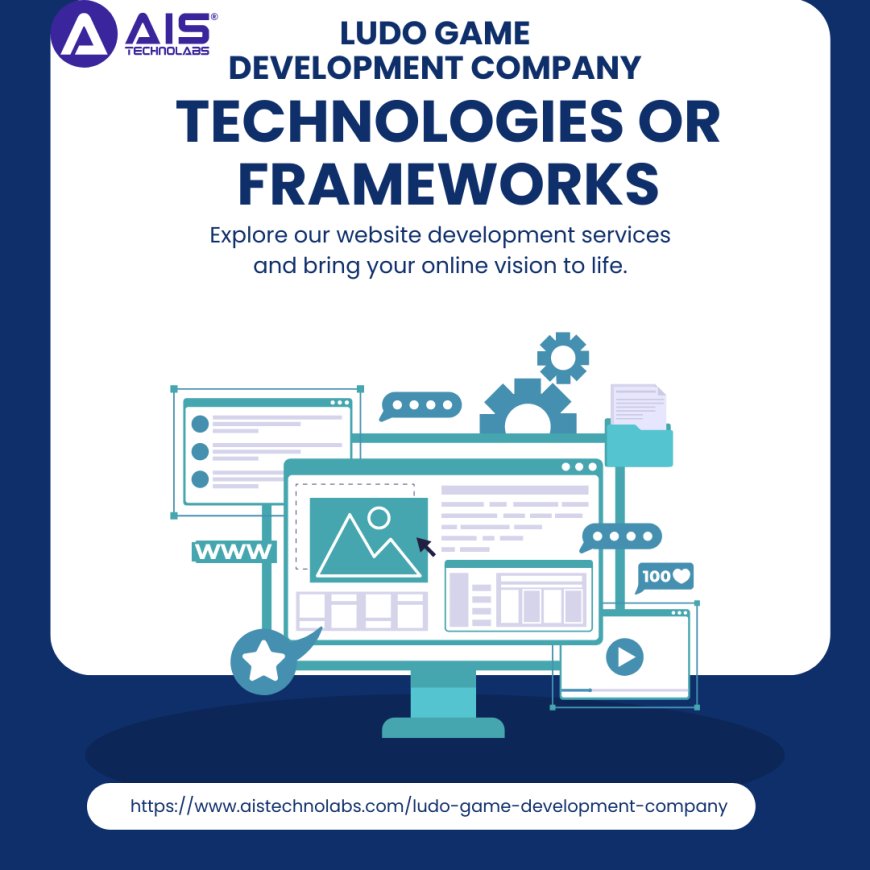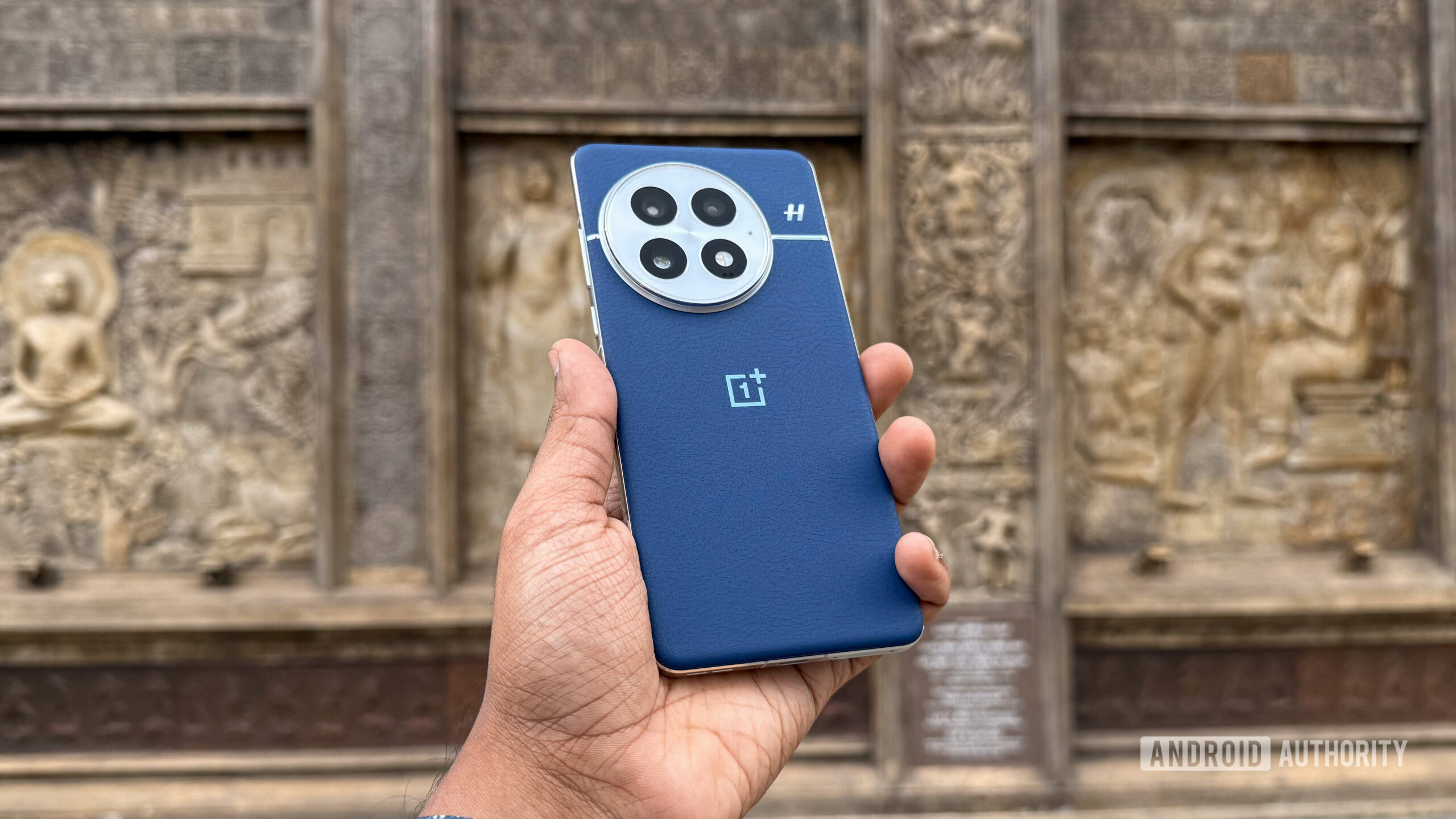What technologies or frameworks Are Used by Ludo Game Development Company?
Ludo game development company uses various technologies and frameworks utilized to create a smooth, engaging, and interactive experience. Here are some of the key technologies and frameworks.

The classic board game Ludo, which has a big cultural following, has made a comeback in the digital sphere. Millions of players worldwide may now access it thanks to its move to mobile and web platforms. The creation of a Ludo game necessitates the integration of numerous frameworks and technologies to guarantee a smooth, captivating, and joyful experience for players. The technologies and frameworks that Ludo game development company frequently utilize are listed in detail below, with each subheading being grouped for ease of reference.
1. Video game engines
The development of any digital game, including Ludo, depends on game engines. They offer the fundamental resources and frameworks required for game creation, design, and rendering.
Unity
- Cross-Platform handle: Unity's capacity to handle a variety of platforms, including web browsers, iOS, and Android, makes it one of the most widely used game engines for Ludo game production.
- 2D and 3D Capabilities: Although Unity is well recognized for its 3D features, it also has strong support for 2D game production, which qualifies it for use in Ludo games.
- Asset Store: A vast selection of pre-made components and plugins are available in Unity's asset store, which can expedite production and improve the features of the game.
- Community and Support: Unity is a great option for both novice and seasoned game developers, thanks to its sizable developer community and comprehensive documentation.
Unreal Engine
- High-Quality Graphics: Unreal Engine is well known for producing graphics of a high caliber, which makes it a viable option for Ludo games that need to have aesthetically pleasing user interfaces.
- Blueprint System: The visual scripting system in Unreal Engine, known as Blueprint, enables developers to design game systems without requiring a lot of coding knowledge. This is very helpful for quick prototyping and development.
- Advanced Rendering: Although Ludo is generally a basic game, the user experience can be improved by using Unreal Engine's advanced rendering capabilities to produce high-quality animations and effects.
Cocos2d-x
- Open Source: One excellent option for producing Ludo games is the open-source game engine Cocos2d-x, which is especially well-suited for 2D game production.
- Lightweight and Efficient: Because of Cocos2d-x's famed minimal weight, games continue to function flawlessly even on low-resource devices.
- Cross-Platform: Cocos2d-x, like Unity, supports a number of platforms, enabling programmers to create a single codebase that can be used on a range of devices.
2. Internet-Based Technologies
Web technology are necessary for Ludo games that are played directly in web browsers. These technologies guarantee that the game can be accessed without downloads or installations on various platforms and devices.
HTML5
- Browser Compatibility: The foundation of developing web-based games is HTML5. Because it works with every contemporary online browser, Ludo games can be enjoyed on any internet-connected device.
- HTML5 enables responsive design, which makes sure the game adjusts to various screen sizes and resolutions to give a consistent experience across devices.
Phaser.js with JavaScript: - Interactive Features Web-based Ludo games cannot be made interactive without JavaScript. It lets developers to make real-time gaming and dynamic user interfaces.
Framework for Phaser.js
- A well-liked JavaScript 2D gaming framework is called Phaser.js. It is very helpful for creating responsive and light Ludo games that function flawlessly in a browser.
- Open-Source: Similar to Cocos2d-x, Phaser.js is open-source, enabling modification and expansion in accordance with the needs of the game.
3. Frameworks for Mobile Development
Ludo games are incredibly well-liked on mobile devices. Frameworks for mobile development make it possible to create apps that are tailored for tablets and smartphones.
React Native
- Cross-Platform Development: With React Native, programmers can create code once and have it run on both the iOS and Android operating systems. Both development time and expense are greatly decreased by doing this.
- Native Performance: React Native provides near-native performance even though it's a cross-platform framework, thus the Ludo game functions flawlessly on both iOS and Android devices.
- Support from the Community: React Native boasts a large library and a vibrant community, which make it simpler to incorporate new features and solve problems into games.
Flutter:
- Quick Development: Flutter, a Google product, enables developers to see changes in real-time while they code thanks to its hot-reload functionality
- Beautiful UI: Flutter is renowned for its capacity to produce elegant and adaptable user interfaces, which can improve a Ludo game's aesthetic appeal.
Cross-Platform
- Flutter, like React Native, supports iOS and Android, making it possible to deploy a single codebase across several platforms.
- Swift for iOS and Kotlin/Java for Android
- Native Development: Kotlin (for Android) and Swift (for iOS) are the preferred programming languages for developers who want native performance. These languages let developers take full use of what each platform has to offer.
- Features Unique to Each Platform: The utilization of platform-specific features, such push notifications, in-app purchases, and more, is made possible by native development and can be very important for Ludo game monetization and user engagement.
4. Technologies for Backend
For Ludo games to manage user data, game sessions, and real-time interactions—especially in online games—a backend infrastructure is essential.
Socket.io and Node.js
- Real-Time Communication: Because of its event-driven architecture, which makes it perfect for real-time applications, Node.js is a popular choice for server-side development. It allows for real-time, bidirectional communication between clients and servers, which is necessary for multiplayer Ludo games when paired with Socket.io.
- Scalability: Node.js offers excellent scalability, allowing for the handling of numerous concurrent players without compromising performance.
Firebase: - Real-Time Database: Game data may be stored and synchronized in real-time with Firebase's real-time NoSQL database. In a multiplayer Ludo game, this guarantees that every player sees the same game state.
- Authentication: Firebase makes user management easier by offering simple-to-integrate authentication services that handle email/password, Google, and Facebook logins.
- Cloud Functions: Firebase's cloud functions offer a serverless environment for game logic by enabling developers to execute backend code in response to events brought about by Firebase features or HTTPS requests.
AWS, or Amazon Web Services
Scalable architecture: AWS provides a number of cloud services, like as EC2 for hosting, S3 for storage, and DynamoDB for databases, that can be utilized to support a Ludo game's backend architecture.
Serverless Architecture: Using AWS Lambda, developers may execute code in response to predefined events without having to worry about maintaining servers, which can save costs and streamline development.
5. Database Management
User profiles, in-game statistics, and game data must all be stored in an efficient database.
SQLite:
- Lightweight: Mobile applications frequently employ SQLite, a lightweight database. It is a wise option for keeping user-generated local game data, including high scores or game preferences, on their device.
- Integration: SQLite is a great option for developers because it is simple to integrate with online and mobile applications.
MongoDB:
- NoSQL Database: A NoSQL database that works well with massive amounts of unstructured data, like player interactions in a Ludo game, is MongoDB.
- Scalability: Large-player Ludo games benefit greatly from MongoDB's strong scalability, which enables it to meet the demands of an expanding user base.
6. Tools for Design and Animation
Even though Ludo is a rather simple game, user engagement can be greatly impacted by the way it is designed and animated. Smooth motions and excellent graphics can improve the player experience.
Blender
- 3D Modeling: Ludo is mostly a 2D game, but it can have 3D components to improve its aesthetics. To develop unique game assets, one effective open-source program for 3D modeling and animation is Blender.
- Animation: You may add a layer of polish to the game by using Blender's animation capabilities to create seamless transitions and effects.
Adobe Illustrator and Photoshop
- UI/UX Design: The industry-standard programs for designing user interfaces and game components are Adobe Photoshop and Illustrator. These are necessary tools for creating the Ludo game's board, pieces, and other visual components.
- Icon & Graphic Design: In order to create buttons, icons, and other graphical components that enhance the game's overall aesthetic, Adobe tools are also utilized.
Conclusion
The correct technologies and frameworks must be used in concert to create a successful Ludo game that offers a fluid and captivating user experience. Every tool is essential to the development process, from robust game engines like Unity and Cocos2d-x to mobile frameworks like Flutter and React Native. The game works efficiently thanks to backend technologies like Firebase, AWS, and Node.js, especially in multiplayer modes. In the meantime, the game's visual attractiveness is improved by design and animation programs like Adobe Photoshop and Blender. Ludo game development businesses may produce games that are not only entertaining to play but also technically sound and graphically appealing by utilizing these technologies and frameworks.
What's Your Reaction?
 Like
0
Like
0
 Dislike
0
Dislike
0
 Love
0
Love
0
 Funny
0
Funny
0
 Angry
0
Angry
0
 Sad
0
Sad
0
 Wow
0
Wow
0
























































